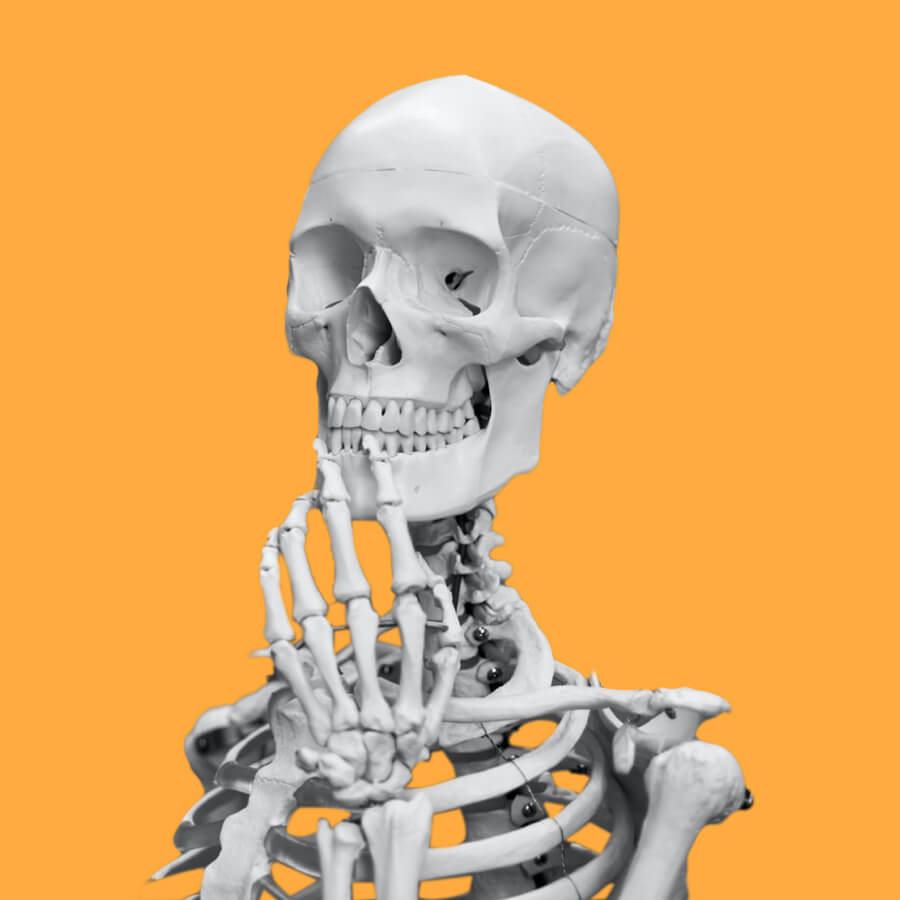Lucinda Backwell
Adjunct Researcher, CONICET, Argentina, and Honorary Research Associate, Evolutionary Studies Institute and Centre for the Exploration of the Deep Human Journey, University of the Witwatersrand.
Instituto Superior de Estudios Sociales
National Scientific and Technical Research Council (CONICET), Argentina.

Biography
Lucinda Backwell is an archaeologist and a member of the Academy of Science of South Africa. She obtained her MSc in Palaeoanthropology (cum laude) from the University of the Witwatersrand Medical School in 2000. Her PhD in Palaeoanthropology was awarded in 2004 by the University of the Witwatersrand and the University of Bordeaux, France. Since then, she was employed as a researcher in the Evolutionary Studies Institute at the University of the Witwatersrand. Her main fields of specialisation are the origin and evolution of bone tool technology, microscopic analysis of bone surface modifications and traditional San material culture. In 2017 she moved to Argentina and took up a research position with the Instituto Superior de Estudios Sociales, CONICET, where her research focuses on primary and secondary Holocene burials in northwest Argentina. She has published 50 papers, 2 books, 10 book chapters, and has been involved in 11 documentaries.
Disciplines
Her research interests include taphonomy and the fossil record; early hominin cultural and behavioural evolution; tracing the emergence of modern human behaviour; correlating archaeology, palaeontology and climate change; ethnoarchaeology amongst Kalahari San, and the origin(s) of ritual mortuary practice.
Fields of study
Lucinda is the principal investigator and permit holder for the site of Border Cave in KwaZulu-Natal, South Africa. It preserves a long and continuous archaeological record from 227 thousand years ago to 24 thousand years ago. The site has yielded some of the earliest modern human remains, exceptionally well-preserved organic material, a Stone Age lithic sequence that includes MSA I, Howiesons Poort, MSA III and Early Later Stone Age Industries, ochre, marine shells, the emergence of key cultural innovations and a 74 ka burial associated with a personal ornament. Employing high-resolution excavation and analytical techniques, in the past four years the team has retrieved the remains of two humans, from layers dating to 43 thousand years ago and between 60-49 thousand years ago, and discovered the oldest known cooked geophytes and grass bedding. The principal aims of their research are to reassess the stratigraphic context of the sedimentary and cultural sequence, gain insight into site formation processes, obtain a continuous multiproxy record of climate change in the region using plant and animal remains, identify cultural trends within a secure chronological framework, and when appropriate, document the emergence of cultural innovations.
